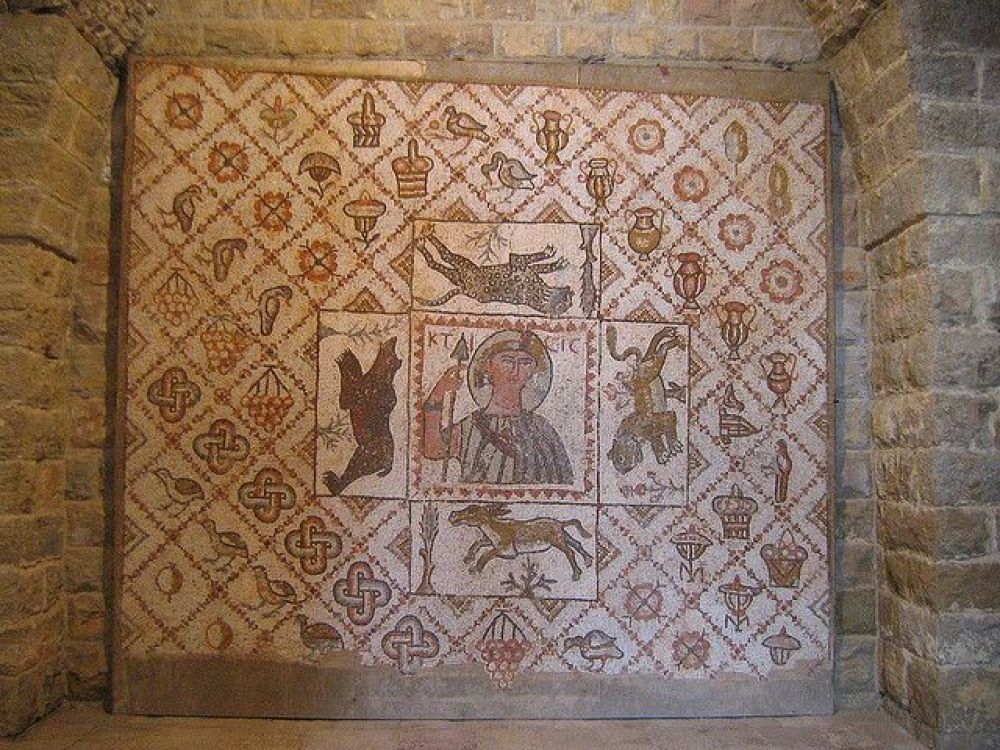

Welcome to a journey through the history and splendor of the Beiteddine Palace, an exquisite testament to Lebanon's rich cultural heritage and a cornerstone of Lebanese tourism.
Built over a period of nearly 30 years, beginning in the early 19th century, the Beiteddine Palace has served as a residence for emirs, a government building, and now, as one of Lebanon's most cherished tourist attractions. The Palace is a masterpiece of Lebanese architecture, adorned with luxurious artifacts, intricate decorations, and expansive courtyards that echo tales of its illustrious past.
The palace was originally constructed by Emir Bashir Shihab II, who was enamored by the Italian and Arabic architectural styles. After the fall of the Ottoman Empire and the creation of the state of Lebanon, the palace played various governmental roles. In the modern era, it has been transformed into a museum, preserving the lavish lifestyle of Lebanese royalty for all to see.
Within the splendid walls of Beiteddine, visitors will find the Museum of Byzantine Mosaics; an exceptional collection of well-preserved mosaics excavated from the city of Beirut. These mosaics date back to the Byzantine period and provide invaluable insight into the aesthetics, daily life, and historical contexts of the era.
The museum showcases various thematic representations found in Byzantine art, including geometric patterns, vegetal motifs, and detailed depictions of animals and humans. They serve not only as a testament to artistic accomplishments but also as educational tools, shedding light on a pivotal period in Mediterranean history.
Lebanon has a long-standing history in the realm of tourism, known as the "Switzerland of the East" during the 1960s. At this time, it was a go-to destination for its cultural intersection, natural beauty, and financial stability. Despite the civil war (1975-1990) which devastated the country and its tourism sector, Lebanon has been steadily rebuilding its image as a top tourist destination in the Middle East.
In recent years, there has been a strong push to promote Lebanon's historical sites, local cuisine, and vibrant nightlife. The ministry and local businesses have been investing in the restoration and preservation of ancient ruins, traditional markets, and religious sites, making noticeable improvements in infrastructure and tourist services.
With a growing emphasis on sustainable and responsible tourism, modern travelers to Lebanon are looking for authentic experiences that also help preserve the country's natural and cultural assets. Ecotourism is on the rise, with visitors showing interest in outdoor activities such as hiking the Lebanon Mountain Trail or exploring the Qadisha Valley.
Another notable trend is the surge in culinary tourism, as Lebanese cuisine gains global recognition. Tourists are increasingly interested in food tours, cooking classes, and visits to local wineries, eager to taste and learn about the traditional dishes and flavors of the region.
Digital advancements have also begun to shape Lebanese tourism, with augmented reality and virtual tours gaining popularity, allowing visitors to explore historical sites in a more immersive manner. Social media continues to play a pivotal role, with influencers and travelers sharing their experiences and inspiring others to discover the wonders of Lebanon, including its crowning jewel, the Beiteddine Palace.